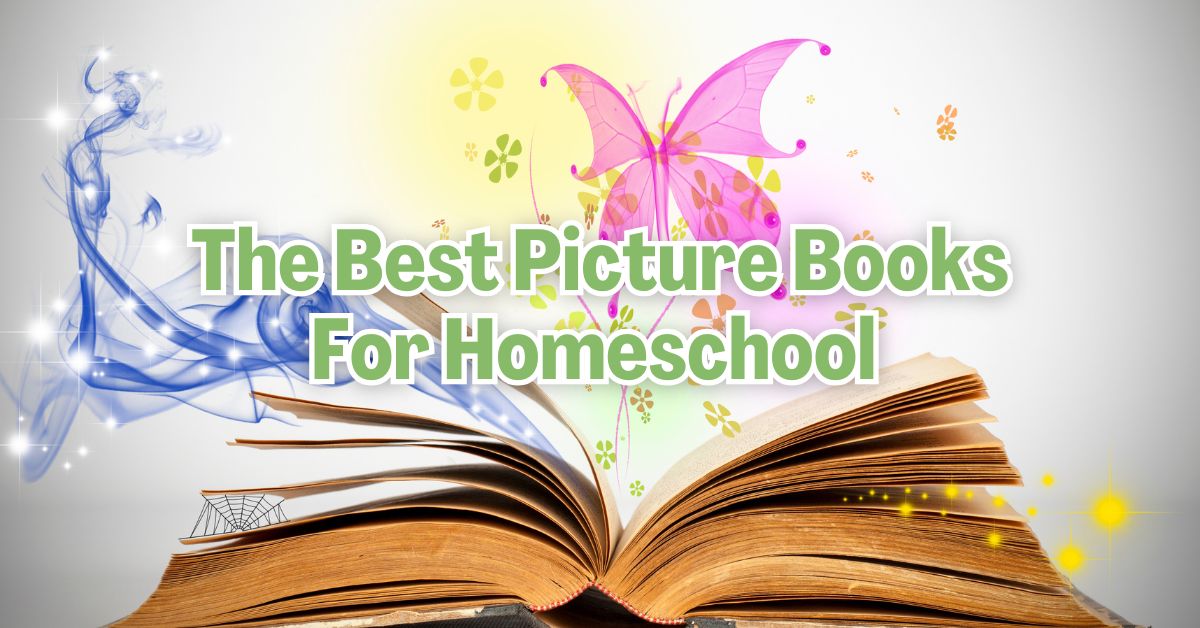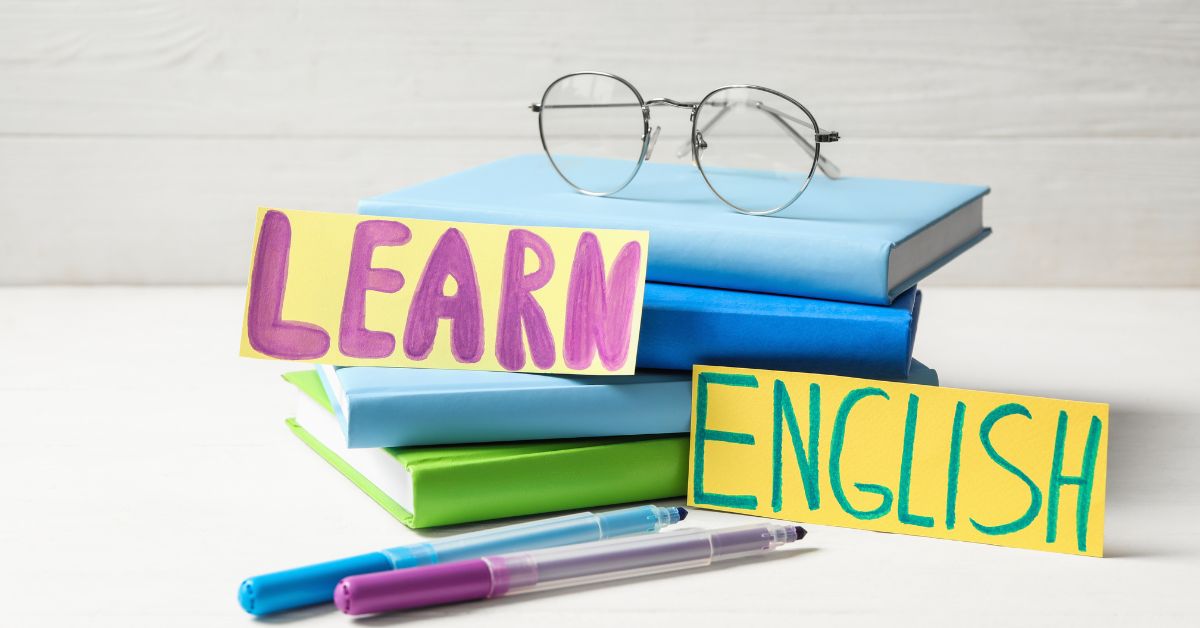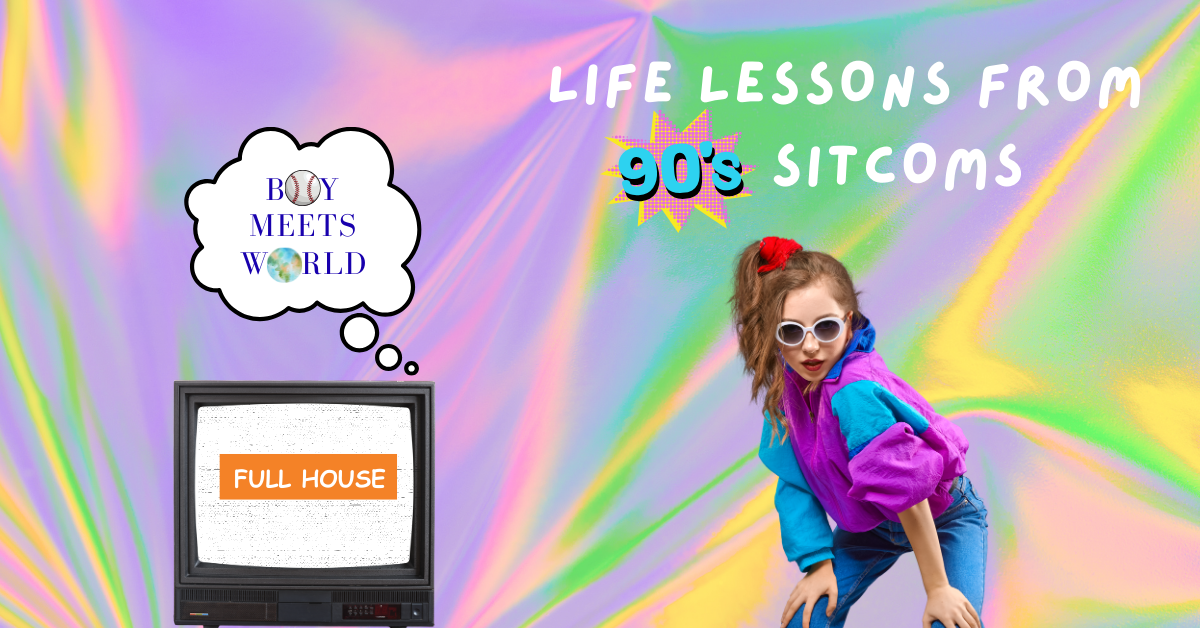Welcome to the wonderful, wild world of homeschooling, where pajamas can be school uniforms and the kitchen table doubles as a science lab. If you’re building your homeschool library, you know the right books are pure gold. We’re talking about those magical stories that light up your child’s imagination while secretly teaching them about history, science, and kindness. This is our ultimate guide to the best picture books for homeschool, packed with colorful pages and powerful lessons that will make your reading time the best part of the day.
Picture books are far more than just simple stories for little kids. They are compact, powerful tools for learning. A single book can introduce complex ideas like empathy, spark curiosity about the solar system, or transport your child to another time and place. The combination of concise text and beautiful art makes abstract concepts tangible and memorable.
In a homeschool setting, this is invaluable. You can build entire lesson plans, or “unit studies,” around a single picture book, branching off into art projects, science experiments, history discussions, and writing prompts. They are the perfect launchpad for a multi-sensory educational adventure.
How Picture Books Elevate Your Homeschool Curriculum
Think of picture books as the Swiss Army knives of your educational toolkit. They are incredibly versatile and can be used across multiple subjects and age groups. A book about a garden can become a lesson on botany, life cycles, nutrition, and even seasons. A story set in ancient Egypt can be the start of a deep dive into pyramids, pharaohs, and hieroglyphics.
Here’s how they can enhance your lessons:
- Visual Learning: The illustrations help visual learners grasp concepts that words alone might not convey. They provide context, detail, and emotional depth.
- Vocabulary Building: Picture books often introduce new and interesting words in a context that makes them easy to understand and remember.
- Developing Empathy: Stories allow children to step into someone else’s shoes, fostering compassion and understanding for different perspectives and experiences.
- Making Connections: They are fantastic for introducing cross-curricular themes. A book about a star-gazing bear can lead to lessons in astronomy, mythology, and biology.
- Short Attention Spans: Let’s be honest, sometimes focus is in short supply. Picture books are short enough to hold a child’s attention from start to finish, delivering a complete and satisfying educational experience in one sitting.
The Best Picture Books For Homeschool: Our Top Picks By Subject
Ready to fill your library shelves? These homeschool reading recommendations are sorted by subject, but don’t be afraid to mix and match! Many of these titles easily cross into other learning areas.
For the Young Scientist
Ignite a passion for STEM with these captivating and informative books. They make science accessible and exciting.
- The Magic School Bus Series by Joanna Cole: You can’t have a homeschool science list without Ms. Frizzle! Whether they’re journeying inside the human body or exploring the solar system, these books are packed with facts, humor, and adventure. They are a perfect foundation for any science topic.
- On a Beam of Light: A Story of Albert Einstein by Jennifer Berne: This book beautifully explains a complex mind in a simple, poetic way. It’s less about the hard science and more about the power of curiosity and imagination, which is the true heart of any scientific discovery.
- Tiny, Perfect Things by M.H. Clark: A wonderful book that encourages observation and mindfulness. It follows a child and their grandfather on a walk as they notice the small wonders of their neighborhood. It’s a great prompt for nature walks and starting a nature journal.
- If You Had Your Birthday on the Moon by Joyce Lapin: This book answers all the weird and wonderful questions kids have about space. It uses a fun premise to explain concepts like gravity, orbits, and the lunar landscape in an engaging way.
For the Little Historian
History can feel like a dusty old subject until you bring it to life with stories of real people and incredible events. These books make history personal and unforgettable.
- Henry’s Freedom Box: A True Story from the Underground Railroad by Ellen Levine: A powerful and moving story about Henry “Box” Brown, who mailed himself to freedom. It’s a gentle yet honest introduction to the realities of slavery and the fight for freedom. It handles a difficult topic with grace and is essential for teaching American history.
- Where the Buffaloes Begin by Olaf Baker: This beautiful tale, steeped in the oral tradition of Native American storytelling, offers a glimpse into the culture and beliefs of the Plains tribes. The stunning black-and-white illustrations add to the mythic quality of the story.
- A Street Through Time by Steve Noon: This isn’t a storybook but a visual masterpiece. Each page shows the same street at different points in history, from a Stone Age settlement to a modern city. Kids can spend hours poring over the details, watching civilization evolve right before their eyes.
- Coming to England by Floella Benjamin: An uplifting and personal account of the author’s journey from Trinidad to London as part of the Windrush generation. It’s a fantastic resource for discussing immigration, resilience, and what it feels like to be new in a strange place.
For Building Character and Emotional Intelligence
Some of the most important lessons we teach aren’t academic. They’re about kindness, courage, and understanding ourselves and others. Picture books are one of the best tools we have for starting these conversations. They provide a safe space to explore big feelings and complex social situations. A character in a book facing a dilemma can help a child navigate their own similar experiences. These stories give us the language to talk about things like jealousy, fear, and empathy.
Using stories to teach these concepts allows children to learn from a character’s mistakes and triumphs without facing the consequences themselves. They can see a situation play out and discuss what they might have done differently. This process builds a strong moral compass and equips them with the emotional tools they need to build healthy relationships and navigate the world with confidence and compassion. It’s a gentle, effective way to nurture a good human being.
Here are some of our favorites for nurturing the heart:
- The Invisible Boy by Trudy Ludwig: A touching story about a quiet boy who feels invisible until a new student arrives. It’s a powerful lesson on inclusion and the simple act of reaching out to others.
- After the Fall (How Humpty Dumpty Got Back Up Again) by Dan Santat: This clever and inspiring book is about more than just an egg. It’s about facing your fears, overcoming anxiety, and finding the courage to get back up after a fall. A truly profound message for all ages.
- The Rabbit Listened by Cori Doerrfeld: When something sad happens to Taylor, all the animals offer advice on how to handle it. But the rabbit does something different: it just sits and listens. This book is a beautiful and simple lesson on empathy and the power of quiet companionship.
- My Mouth Is a Volcano! by Julia Cook: Perfect for kids who have a hard time with interrupting. This relatable and funny story teaches the importance of respecting others by waiting for your turn to speak.
A World Of Art And Imagination
Beyond specific subjects, some picture books are simply masterpieces of art and language that deserve a place on your shelf. They inspire creativity and show children the power of storytelling in its purest form. These are the books that you’ll enjoy reading just as much as your child will enjoy hearing. They demonstrate how words and pictures can dance together to create something truly magical. They encourage children to think outside the box, to dream up their own worlds, and to see beauty in unexpected places.
These are the books that fill the well of imagination, providing the creative fuel your child will draw upon for years to come. They teach that art isn’t just something you hang on a wall; it’s a way of seeing and interacting with the world. Reading these books together is an art lesson in itself, sparking conversations about color, perspective, style, and the emotions that different images can evoke.
- Journey by Aaron Becker: This wordless picture book is a stunning testament to the power of visual storytelling. A lonely girl draws a magic door on her bedroom wall and steps into a world of adventure. It’s a perfect prompt for creative writing and imaginative play.
- The Lion & The Mouse by Jerry Pinkney: Another wordless wonder, this Caldecott Medal winner retells Aesop’s fable with breathtakingly detailed illustrations. It’s a great way to discuss how stories can be told without a single word.
- They All Saw a Cat by Brendan Wenzel: A cat walks through the world, and every animal it meets sees it in a completely different way. This brilliant book is a simple but profound lesson on perspective, showing that our point of view shapes our reality.
Explore More Homeschool Resources
Building a rich and diverse homeschool library is a journey, not a destination. The books you share with your children will shape their understanding of the world and their place in it. They will spark lifelong interests, open doors to new ideas, and create cherished memories of your time spent learning together. Don’t be afraid to follow your child’s lead, exploring the topics that excite them most. The best picture books for your homeschool are the ones that you and your children love to read again and again.
For more practical advice, curriculum reviews, and encouragement on your homeschooling adventure, be sure to check out our other posts. We’re here to help you make your family’s learning experience joyful and successful.




